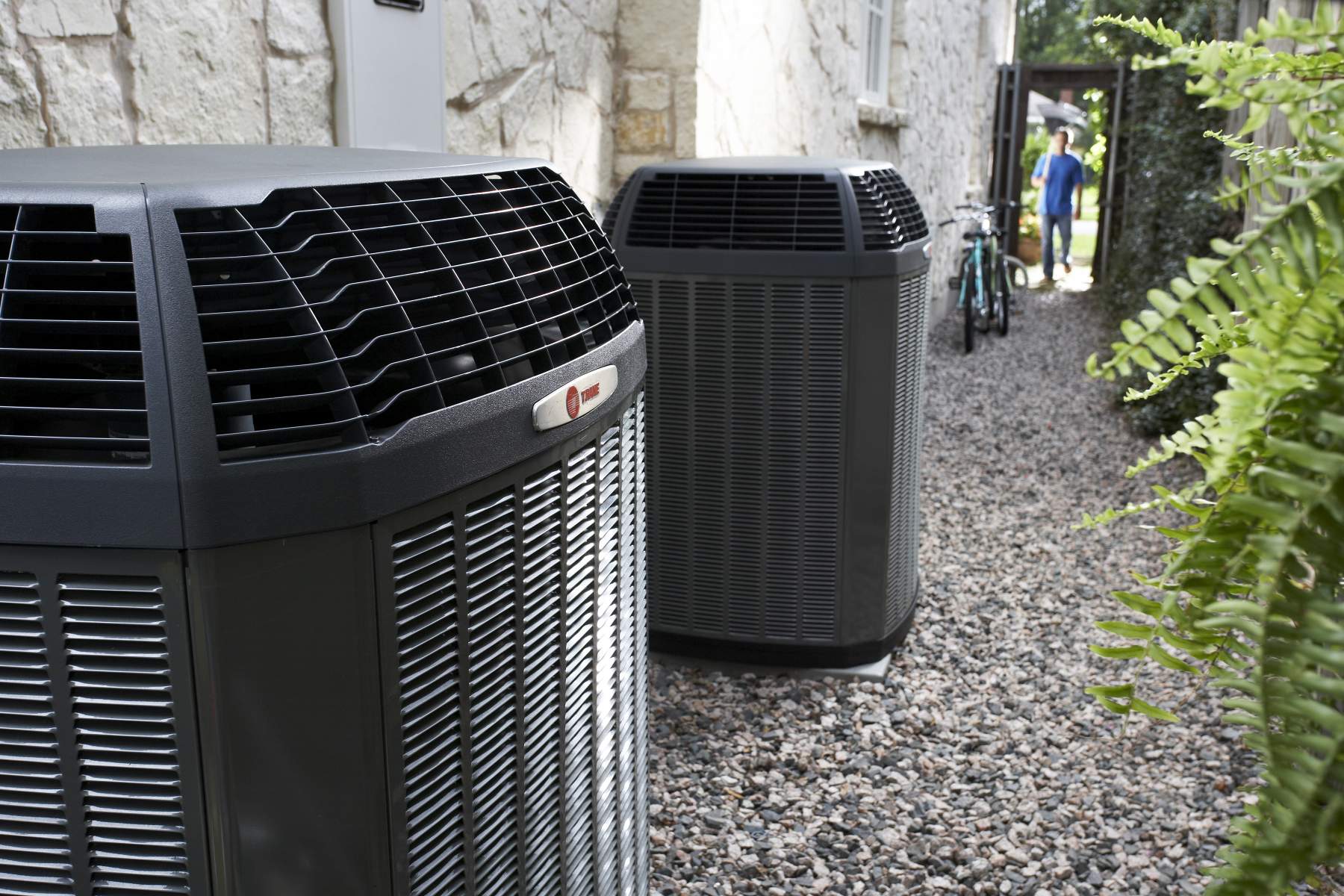Introduction:
In the world of air conditioning, the Seasonal Energy Efficiency Ratio (SEER) rating is a key metric that often leaves homeowners scratching their heads. But fear not, as we embark on a journey to unravel the mysteries of SEER ratings in plain language. This guide will help you understand what makes a good SEER rating, why it matters, and considerations for your home, with a nod to regional factors like those in Massachusetts.
Understanding SEER Ratings:
SEER is a numerical representation of your air conditioner’s efficiency. The higher the SEER rating, the more efficiently the unit converts electricity into cooling power. Ratings typically range from 13 to 25, with higher numbers showing greater efficiency.
What Constitutes a Good SEER Rating?
Deciding on a “good” SEER rating depends on climate, usage, and budget. Here is a simplified breakdown:
- Standard Efficiency (13-15 SEER):
These units are the baseline, offering reasonable efficiency. However, in regions with warm summers, like Massachusetts, they might not be the most cost-effective overall.
- High Efficiency (16-18 SEER):
Falling in the sweet spot, these units supply improved energy savings without a steep upfront cost. They strike a balance between efficiency and budget.
- Top-Tier Efficiency (19 SEER and Above):
If you’re aiming for the pinnacle of efficiency, these units are the cream of the crop. While they come with a higher upfront cost, they promise substantial long-term energy savings.
Considerations for Every Home:
SEER ratings aside, there are a few universal considerations when selecting an air conditioner:
- Climate: Whether you are in the heat of Arizona or the chill of Massachusetts, your climate plays a crucial role. In colder climates, a heat pump might be a versatile solution, supplying both heating and cooling capabilities.
- Energy Bills: Assessing your usage patterns and budget is vital. A higher SEER unit might have a steeper upfront cost, but the long-term energy savings can make it a worthwhile investment.
- Incentives and Rebates: Many regions, including Massachusetts, offer incentives for energy-efficient upgrades. Check with local utility programs and authorities for potential rebates.
Conclusion:
Choosing the right SEER rating for your air conditioner involves a blend of understanding your local climate, usage patterns, and budget constraints. By demystifying the SEER rating and considering these factors, you will be equipped to make an informed decision that not only keeps you cool but also contributes to long-term energy savings. Do not forget to explore local incentives from Mass Save and connect with industry resources to make the most of your investment in an efficient and effective air conditioning system.
Take the First Step to Ultimate Comfort!
For expert advice and professional installation, call Papalia Home Services at (877) 534-3343 or book an appointment online today.
Citations:
1. ENERGY STAR: A go-to resource for understanding energy efficiency, with insights into SEER ratings and more. (URL: https://www.energystar.gov/)
2. U.S. Department of Energy (DOE): The DOE’s website supplies in-depth information on energy-efficient cooling and SEER ratings. (URL: https://www.energy.gov/)












